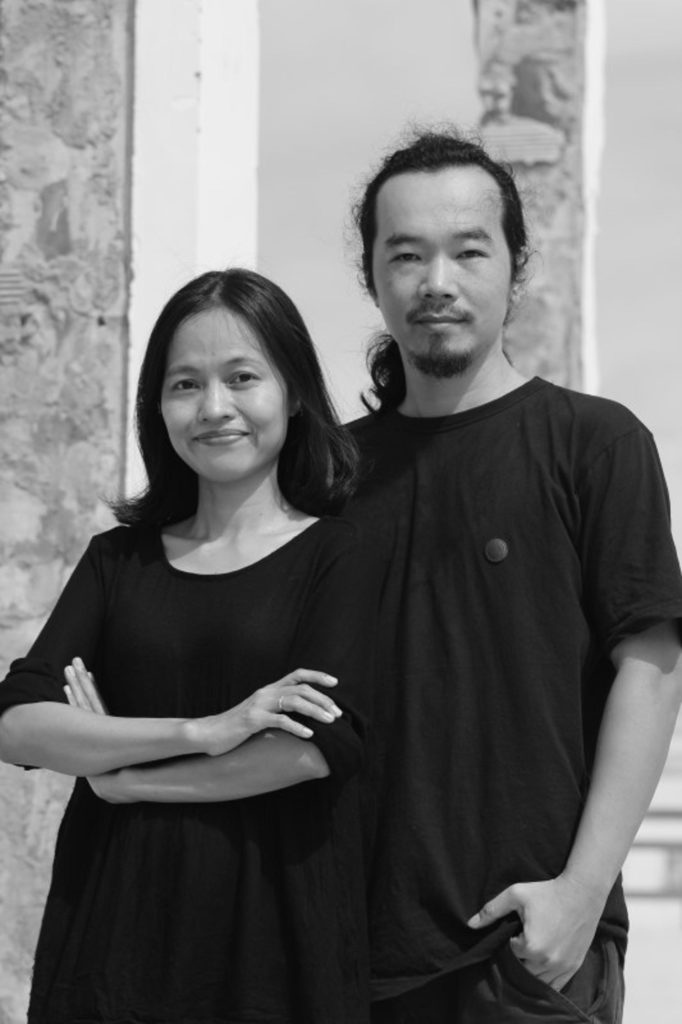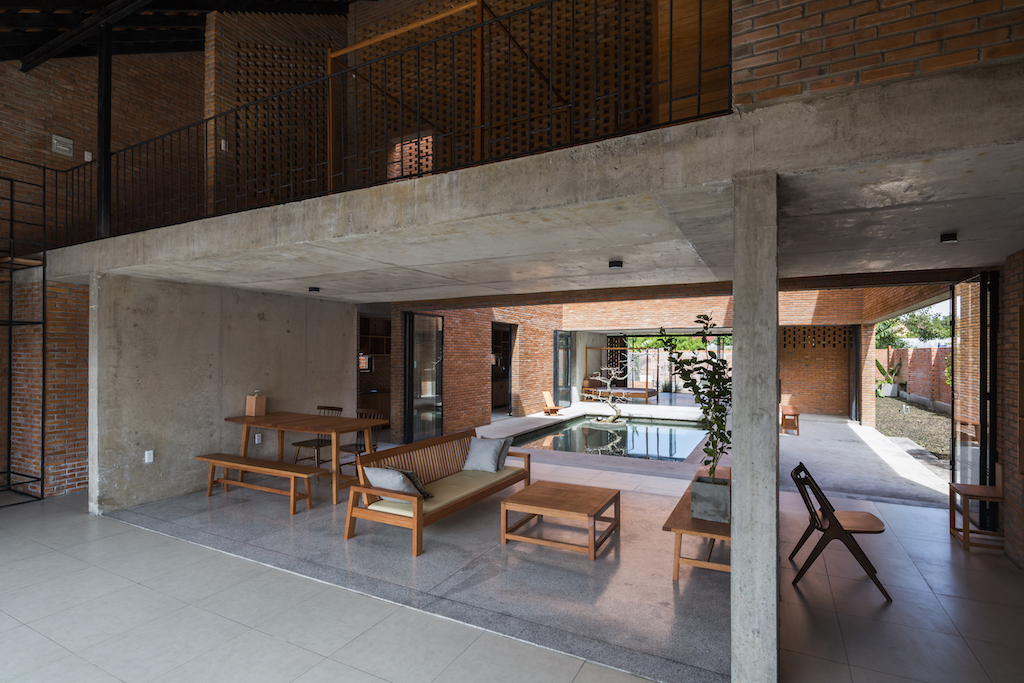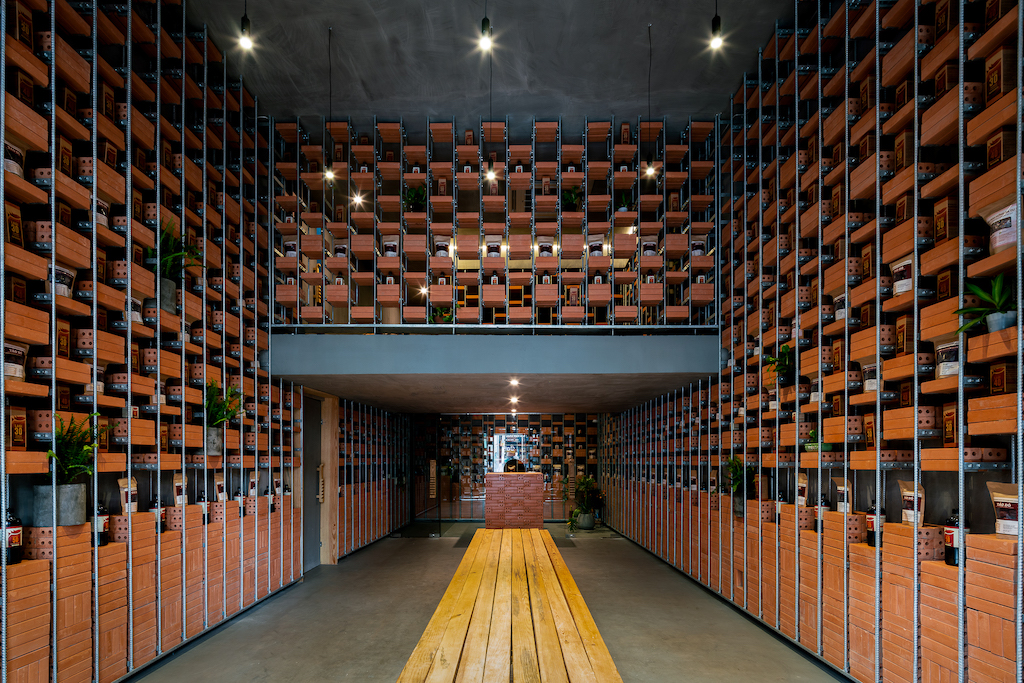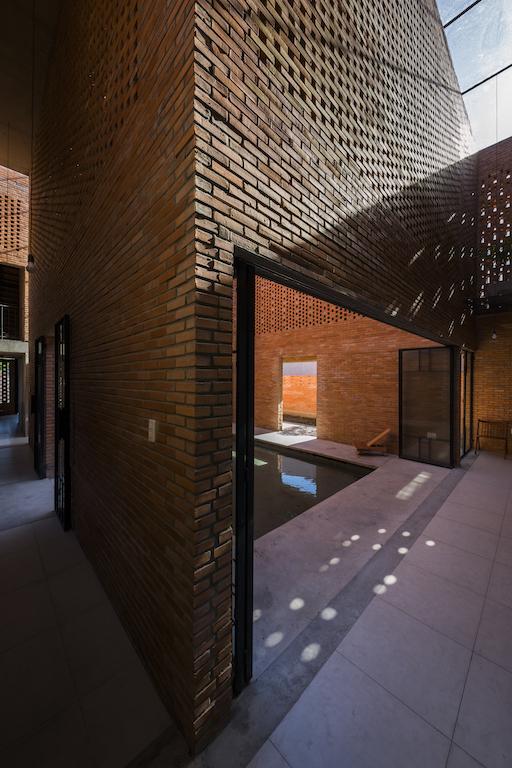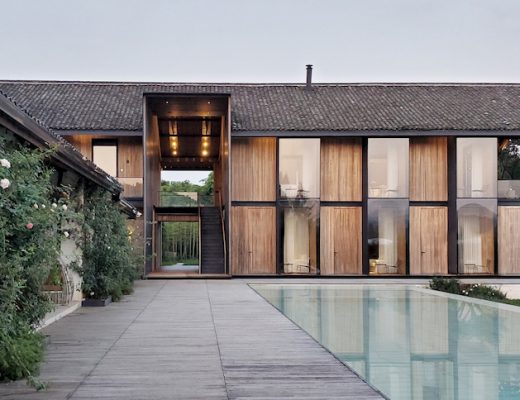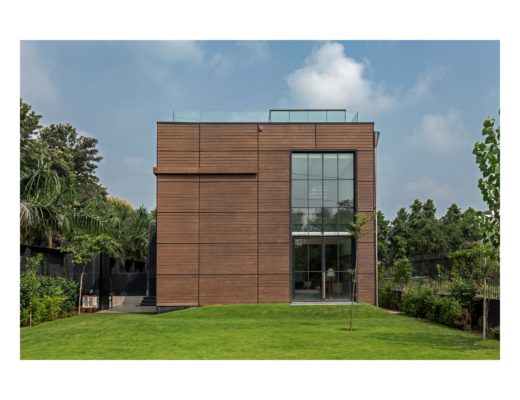Founded in 2011 by Ho Chi Minh City-based architect couple Trần Thị Ngụ Ngôn and Nguyễn Hải Long, Tropical Space is an architectural practice that is known for addressing climate change through its work by using sustainable and available materials, cost- and energy-efficiency. Recently, Vietnam has emerged as a hotspot of creative talent led by its sustainability-focused architecture fraternity that has put the spotlight on using local materials and passive design in a rapidly urbanising country.
DE51GN speaks to the duo about what drives their narrative in a country that is coming into its own with a modern architectural language.
What inspired you to become architects?
When we decided to become architects, we honestly didn’t know what it entailed, but after many years of being in this profession, architecture is an important part of our life and who we are.
In a dynamic country like Vietnam, what role do you reckon can architects play in its growth and development narrative?
Metaphorically speaking, architects are the early seasonal rain and the developing urban areas are the paddy fields in a drought-like situation. We are trying our best, but we don’t know yet whether we are able to provide enough water for the crops to thrive.
“Vietnam is a developing country, and we are in the process of urban development, therefore construction regulations haven’t been established properly and there is a lot of room for improvement. However, it also becomes an advantage for us as a creative practice, allowing us to come up with ideas that are not constrained by guidelines.” – Tropical Space co-founders Trần Thị Ngụ Ngôn and Nguyễn Hải Long
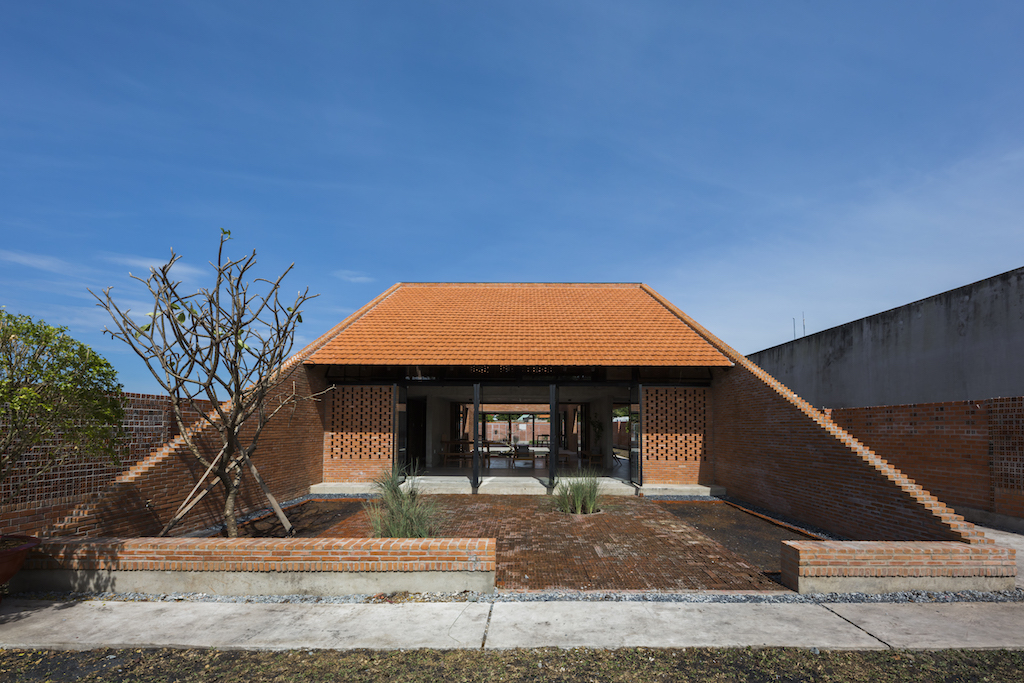
The design of the Long An House was inspired by traditional Vietnamese structure that is accompanied by three separate spaces and sloping roof while using a modern and strong architectural language.
What are the challenges faced by architects in Vietnam – whether in terms of resources, skills or building regulations? Similarly, what are the opportunities?
The biggest challenge is that the local contractors’ specialised capabilities are not in sync with the vision of progressive projects. Vietnam is a developing country, and we are in the process of urban development, therefore construction regulations haven’t been established properly and there is a lot of room for improvement. However, it also becomes an advantage for us as a creative practice, allowing us to come up with ideas that are not constrained by guidelines.
Your work focuses a lot on responding to climate change. How has development impacted the environment in Vietnam and how are you responding to it as architects?
We live in a tropical climate. The city that we live in is cramped and people have to depend a lot on cooling devices to deal with the hot weather, which makes the situation even worse. As architects, we want to find an architectural solution to create an adaptive and environmentally-friendly living space, and cut back the usage of energy to reduce the impact on climate change.
You work a lot with locally available materials such as bricks. Please share how do you manage to incorporate it so intrinsically into your concepts?
We leverage the flexibility of brick and concrete in our structures. Bricks can create a porous wall that allows wind and sunlight to go through while filtering out the harsh intensity. Bricks as a material also create beautiful patterns with the interplay between light and shadow. Bricks can take any form and shape like a sculptural masterpiece.
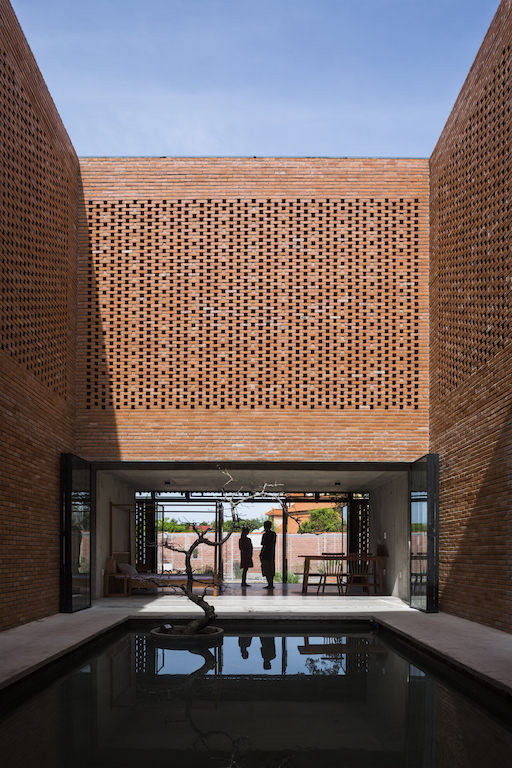
The young architects draw upon the sustainable attributes of traditional materials such as brick and render them in a contemporary language.
“Bricks can create a porous wall that allows wind and sunlight to go through while filtering out the harsh intensity. Bricks as a material also create beautiful patterns with the interplay between light and shadow. Bricks can take any form and shape like a sculptural masterpiece.” – Trần Thị Ngụ Ngôn and Nguyễn Hải Long
Does the use of bricks draw upon the Vietnamese vernacular? Does it make the buildings more sustainable in terms of construction and upkeep?
Till now, brick is the most common building material in Vietnam, so we are working on design solutions to ensure sustainability and also embrace its beauty.
Young Vietnamese architects like yourselves are under the spotlight for their ingenuity and contextual way of developing an architectural language. What factors do you think has led to this emergence?
We have been, for a long time, resting on the past and other cultures’ laurels. We want to awaken and look for our own path and inspire each other.
You have a diverse portfolio including residential, healthcare, and hotels How do you strike a balance between form, materials and function?
There are different projects with different functions and scale, but the similarity is the use of materials and the way of organising sunlight, ventilation, the buffer layer and the proportions of architectural form.
Who are your favourite architects, if any?
Louis Kahn, Frank Lloyd Wright, and Frank Gehry
Your favourite architectural projects (anywhere in the world?
Guggenheim Museum By Frank Lloyd Wright; Bangladesh National Parliament House by Louis Kahn, and Bilbao Guggenheim Museum by Frank Gehry
All project photos: Oki Hiroyuki
You might also like:
H&P Architects designs a house in Hanoi with bricks and vernacular construction methods
House in Vietnam by MIA Design Studio creates visual green links using cantilevered balconies


